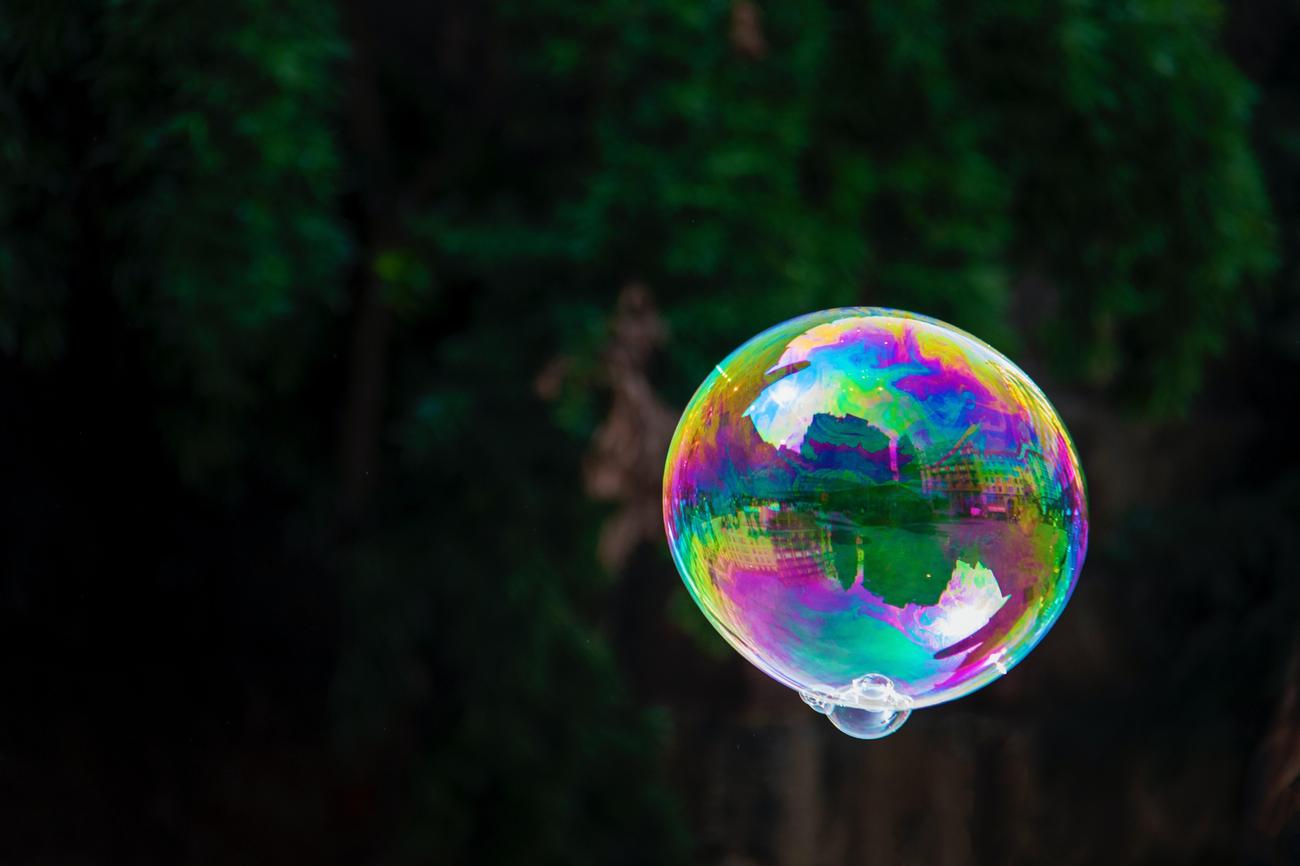What is Bubble Wrap Called in Japan? Cultural and Linguistic Perspective

When it comes to protective packaging materials, few are as widely recognized as bubble wrap. This lightweight, plastic material adorned with numerous pockets of air has become synonymous with safeguarding fragile items during transit. However, have you ever wondered what bubble wrap is called in Japan? As a country known for its rich cultural heritage and unique linguistic nuances, Japan offers an intriguing perspective on this ubiquitous packaging material. In this article, we will delve into the cultural and linguistic variations surrounding bubble wrap in Japan, shedding light on its Japanese counterpart. Join us as we explore the fascinating world of packaging and discover how something as simple as bubble wrap can reflect the cultural context of a nation.
What is bubble wrap called in Japan?
Bubble wrap, the beloved packaging material known for its fun popping sound and protective cushioning, has its own unique name in Japan. Drum roll, please! It’s called “Puti Puti.” The term “Puti Puti” is an onomatopoeic word in Japanese that mimics the sound of bubble wrap popping when it is squeezed tight.
Bubble wrap, invented in 1957 by Alfred Fielding and Marc Chavannes during their quest to create three-dimensional plastic wallpaper, has gained immense popularity worldwide. Although “Bubble Wrap” is actually a trademarked name, it has become a generic term commonly used to describe any plastic sealed air bubble shipping packaging. But in Japan, they have their own playful name for this handy material.
In addition to its adorable name, bubble wrap in Japan is not just limited to the classic transparent sheets, bags, or rolls. Oh no, it gets even more exciting! In Japan, you can find bubble wrap in special shapes such as hearts and even Mickey Mouse heads. How cute is that? It adds a touch of whimsy and fun to the already delightful experience of popping those mesmerizing bubbles.
Japan takes their love for bubble wrap to another level with a unique attraction called Let’s Play! It is a bubble wrap park where visitors can immerse themselves in squishing, popping, and rolling on huge rolls of bubble wrap. It’s a fantastic way to unleash your inner child and relieve stress while enjoying the satisfying sensation of bubble wrap under your feet.
Aside from its entertainment value, bubble wrap also has practical uses in Japan. It can be a versatile material for insulation, providing an extra layer of warmth during the colder months. It has also become a favorite tool for stress relief, offering a satisfying sensory experience that can help ease tension and promote relaxation. And let’s not forget the artistic realm – bubble wrap has been used in various art projects to create unique textures and patterns.
When it comes to recycling bubble wrap, the process may vary depending on the recycling facilities in your area. While it can be recycled, not all recycling programs accept it. However, some specialized recycling centers do handle bubble wrap if it is properly prepared and separated from other plastics. So if you find yourself with a surplus of bubble wrap, it’s worth checking out the recycling options available in your locality.
Before we conclude, it’s important to remember that while bubble wrap is generally considered safe to use, caution should be taken, especially when it comes to children and pets. To avoid any choking hazards, ensure that bubble wrap is used under adult supervision and stored properly out of reach.
So there you have it – the fascinating world of bubble wrap in Japan, where it goes by the charming name “Puti Puti”. From its distinctive onomatopoeic term to its playful shapes and even a dedicated park, Japan truly knows how to make bubble wrap a delightful experience. Whether you’re using it for packaging, stress relief, or even art, bubble wrap brings joy and practicality together in a uniquely Japanese way. So why not embrace the “Puti Puti” spirit and enjoy the simple pleasures of popping bubbles?
Bubble wrap is not just a protective packaging material; it has some fascinating and fun facts too! Did you know that bubble wrap was initially intended as a textured wallpaper? It was later repurposed as packaging material due to its unique cushioning properties. If you want to uncover more intriguing tidbits about this beloved plastic, click here: fun facts about bubble wrap. Get ready to be amazed by the origins and quirky uses of bubble wrap.

FAQ
Question 1: What is bubble wrap?
Answer 1: Bubble wrap is a pliable transparent plastic material used for packaging fragile items. It consists of sealed air bubbles that provide cushioning and protection during transportation.
Question 2: Who invented bubble wrap?
Answer 2: Bubble wrap was invented by Alfred Fielding and Marc Chavannes in 1957. They were initially attempting to create three-dimensional plastic wallpaper when they discovered the unique properties of bubble wrap.
Question 3: Is “Bubble Wrap” the official name for this packaging material?
Answer 3: While “Bubble Wrap” is a trademarked name, it has become widely used to describe any plastic sealed air bubble shipping packaging. Other companies may refer to it by different names, but “Bubble Wrap” is the most commonly used term.
Question 4: What is bubble wrap called in Japan?
Answer 4: In Japan, bubble wrap is commonly referred to as “Puti Puti.” This term is an onomatopoeic word that imitates the popping sound made by the bubble wrap as it’s squeezed tight.
Question 5: Can bubble wrap be recycled?
Answer 5: Yes, bubble wrap can be recycled. However, the recycling process may vary depending on the recycling facilities available in your area. It is important to check with your local recycling center for specific guidelines on how to recycle bubble wrap properly.
- Unlock 6000+ words beginning with he: A comprehensive analysis - April 20, 2025
- Mastering -al Words: A Complete Guide - April 20, 2025
- Master Scrabble: High-Scoring BAR Words Now - April 20, 2025
















